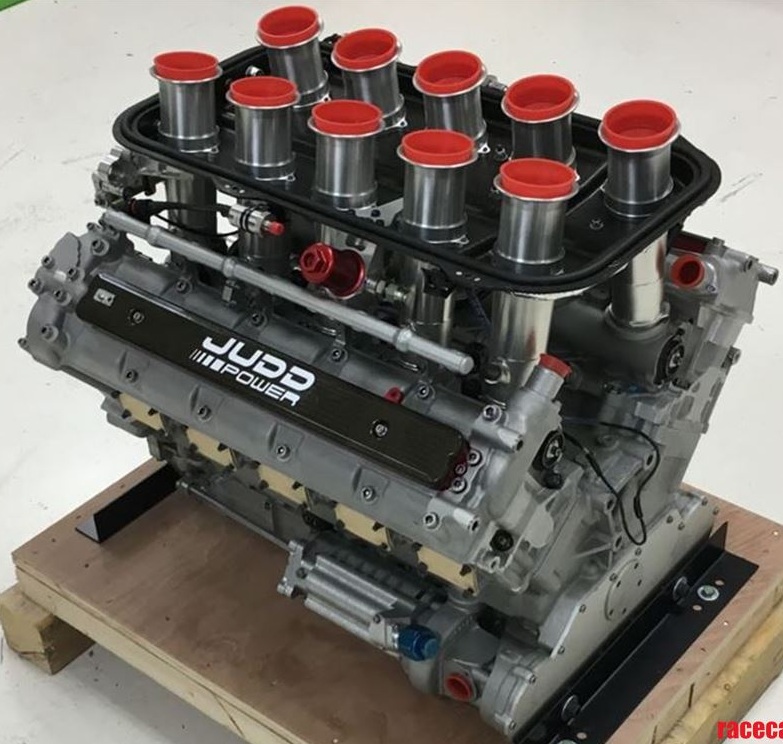In this article, we will discuss the V10 engine, its design, the working principle, and its efficiency.
Table of Contents
What is V10 Engine?
The V10 engine is a type of reciprocating engine that contains 10 cylinders arranged in a V-shape around a typical crankshaft.

The V10 engine is a five-cylinder V engine. The design comes from the combination of two inline five-cylinder engines. The five-cylinder design is balanced, but the configuration is naturally unbalanced and has wobbly movement. Most V10 designs use a balance shaft for stability.
Design of V10 Engine
In the V10 configuration, the engine is not ideally balanced. This is because each cylinder bank works as an in-line five-cylinder engine, creating unbalanced oscillating torque. For this reason, some types of V10 engines use a balance shaft to reduce vibrations in the V10 engine.

This type of engine has 10 cylinders, each with a piston. The piston reciprocates within the cylinder. These cylinders are arranged in a V-shaped configuration.
The Efficiency of the V10 Engine
The standard 8-liter V10 engine produces 362 horsepower.
Advantages of V10 Engine
- The reciprocating mass in the V10 engine is balanced.
- Less amount of reciprocating mass
Disadvantages
- A balance shaft is required to eliminate vertical moment oscillations due to plane imbalance.
- It is very costly.
